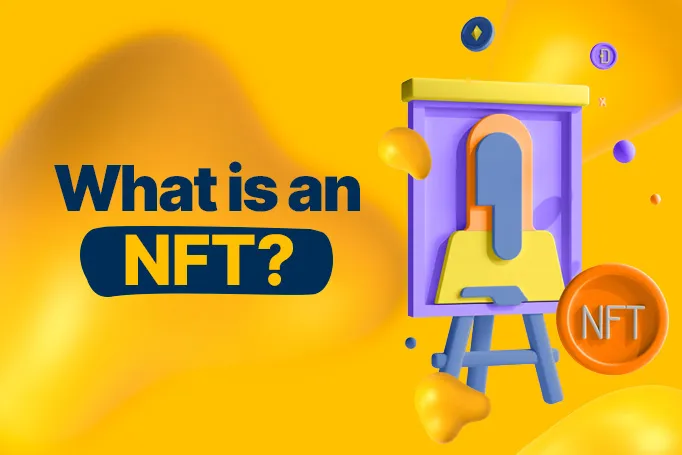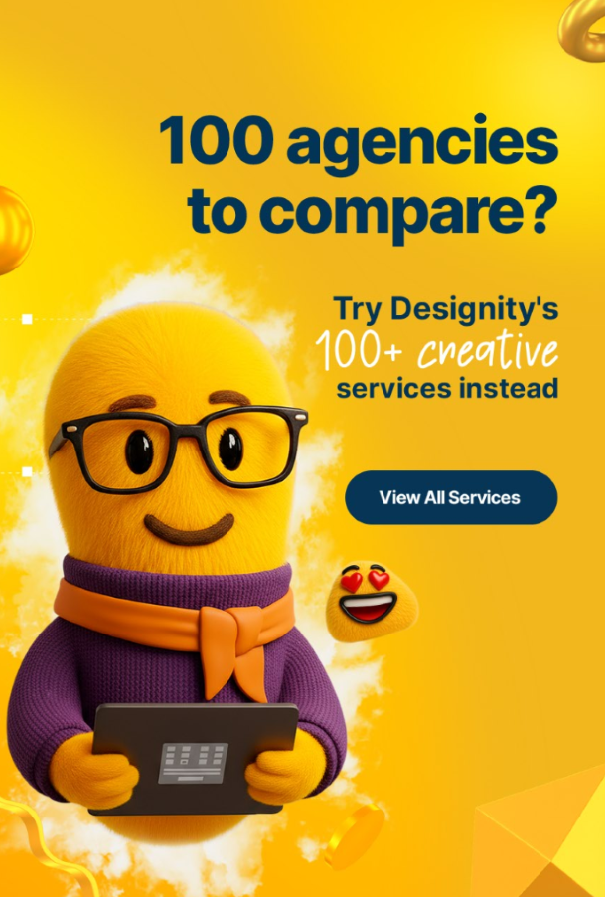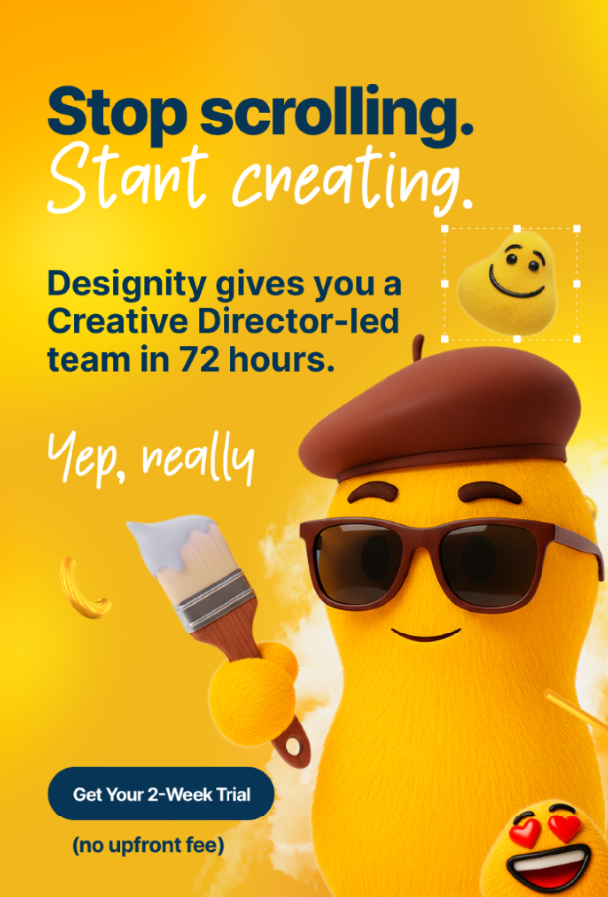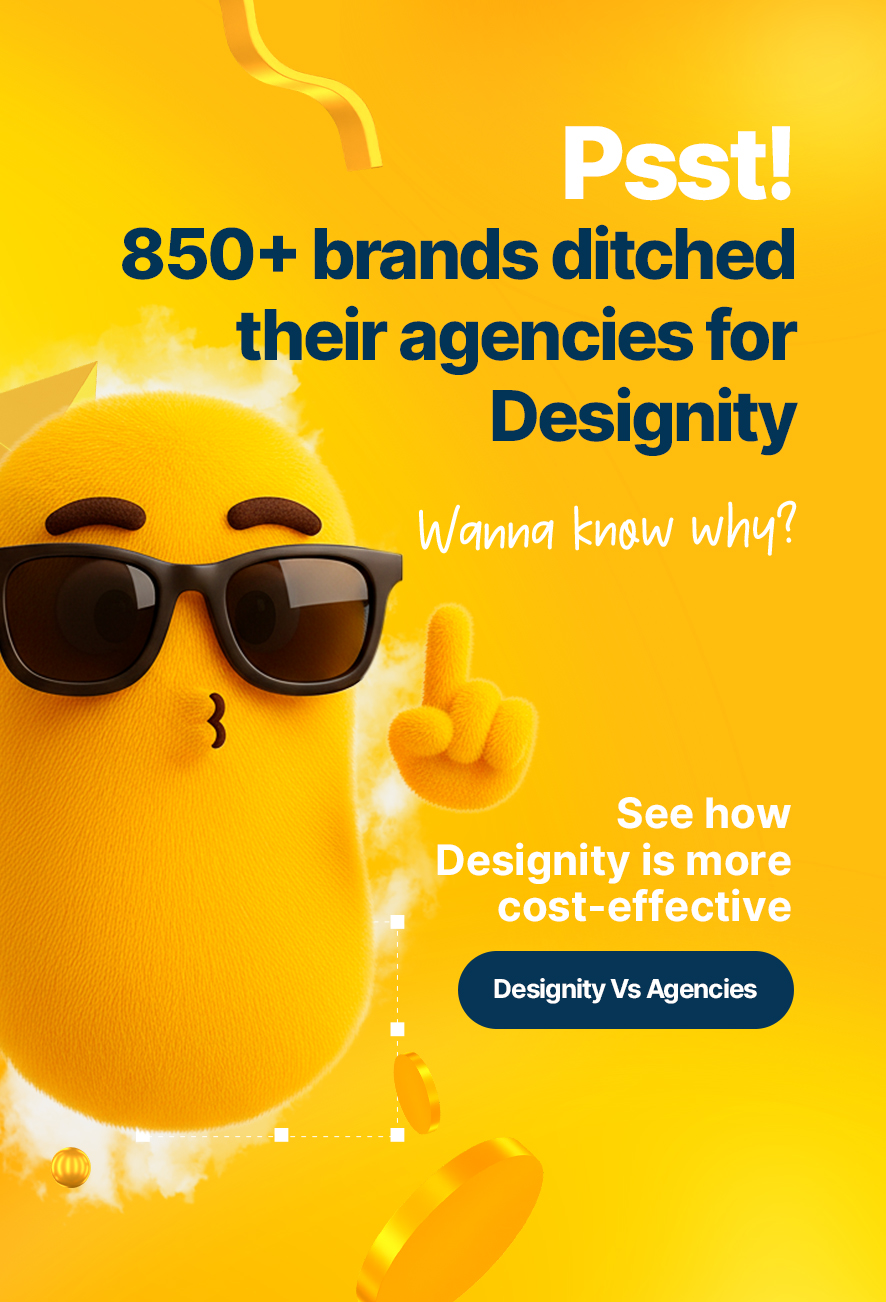You’ve probably heard about them by now. They’re mysterious, confusing, full of vaguely recognizable words being used in ways that don’t make sense. Are they a scam? Are they here forever or just a passing fad?
References to them are popping up all over from social media, news websites, and maybe your younger techy relatives. Does that mean you have to be a tech bro named Chad to understand NFTs?
Nope! But they are part of the answer to what it means to truly own something in digital form in this copy-and-paste age we live in, so it's a definite plus if you understand how they work.
We’ve got a pretty good grasp of the concept, and we’re happy to share it with you.
Explain it to Me Like I’m Five, Please
Even if you have had NFTs explained to you, it may have still been in an abstract and confusing way that left you scratching your head and not a single step closer to really having your question answered.
It’s okay, though. We’re here to help.
Let’s start from the beginning.
NFT stands for Non-Fungible Token. The first thing to note, though, is “token” doesn’t necessarily mean “money.” If you grew up playing in arcades, you probably think of “tokens” as shiny metal objects used to exchange for bouncy balls and stuffed animals. But if I were to give you a token of my appreciation, that “token” could be a greeting card, a hug, a vase of flowers, or a gift card to Wally World. So “token” can mean ... well, just about anything.
Now that we’re clear on that, let’s keep moving.
Like Bitcoin, NFTs are digital assets (meaning they are not tangible, they exist on your computer or devices) that can be sold, bought, or traded just like playing cards or Pogs.
NFTs have been around since 2014, when the very first NFT was created, and have been steadily rising in popularity ever since then.
However, if we reference back up to the earlier token of my appreciation analogy, you could say that NFTs are as old as time. Here’s an example: if I gave you the original painting of Leonardo’s Mona Lisa as a token of my appreciation, then that would have been a non-fungible token of my appreciation. A 16th-century NFT! Because there’s only one original of the Mona Lisa, it’s a non-fungible.
In modern parlance, an NFT can be anything from digital art, collectibles like trading cards or virtual kittens (no, really), music, videos, virtual real estate, or even items within a video game.
Fungible? Like a Mushroom?
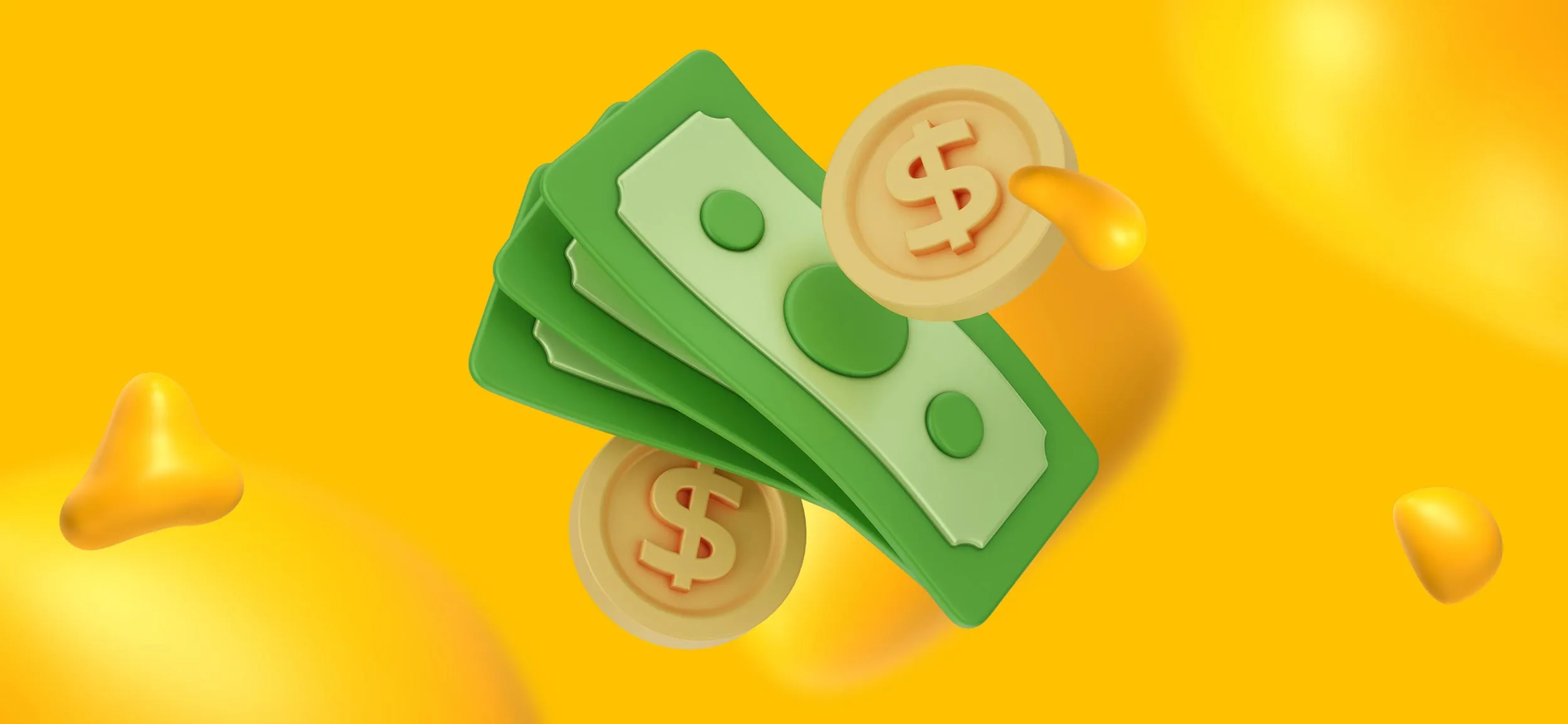
No, not nearly as delicious. But just as trippy.
What sets NFTs apart from other types of digital assets like images, music, documents, or what have you, is that letter T in its name.
The “token” portion of the name means that each NFT is tokenized or can be tracked to a digital certificate of ownership that proves that it is unique and that you bought it and are thus its true owner. Being tokenized also guarantees that each and every NFT is unique and non-interchangeable.
Which brings us to the difference between fungible and non-fungible.
Let’s explain this with a delicious example:
If you’re craving a Butterfinger and I lend you a dollar so that you can buy one from the vending machine down the hall, I might expect you to pay me back later. And when do you, I’m not going to expect the exact same dollar bill you stuck into the vending machine.
I’m going to take whatever dollar you give me and I’m not going to care if it has crease marks or was minted during a different year or if one of the corners was gnawed off by a squirrel.
And when I spend that dollar buying a Slushie later today, the store clerk isn’t going to care what dollar bill I give them either. The store clerk would take whatever dollar bill I had, because it doesn’t matter which bill it is, as long as it pays for the Slushie.
That’s because paper money is fungible, meaning that it's interchangeable with bills of identical value. A 5-dollar bill is a 5-dollar bill all day long.
However, if you’ve ever been to a business that has a frame on its wall, showcasing the very first dollar they ever earned …
Well, that changes everything, doesn’t it? That makes that specific dollar bill non-fungible, because if someone were to steal or lose that one special dollar bill, then it couldn’t be replaced with any other dollar bill, could it?
That’s why NFTs are unique.
So, yes, while you can technically copy-save an NFT image you found online, print it out and iron it onto a T-shirt, or use it as the wallpaper on your phone, you don’t actually own the NFT that’s tokenized with its own special digital certificate.
You just have a copy. It’s like owning a replica of the Mona Lisa. Does it look just like the original? Sure. Are people lining up to see it?
Probably not. What they want to see is the original, the one painted by Leonardo DaVinci himself.
That’s how NFTs work too. Even if there are 1,000 NFTs that look identical, each one will have its own unique certificate on the blockchain, meaning that no two are truly the same.
Wait … the Blockchain?
Here is another one of those techy words you may have run across, but not quite understood.
To put it simply, a blockchain network is like a digital ledger or record book, similar to an Excel spreadsheet or a database, that keeps track of transactions. Each NFT is like a cell in a spreadsheet or a record in a database. There are public-facing blockchain networks and private ones as well.
The difference between the blockchain and a record book or ledger that your company keeps online is that transactions stored on a blockchain are not stored in one single server or controlled by a corporation. Rather, blockchains are decentralized — stored across a network of computers, with all networks having access to and working together to validate and verify transactions, like sending cryptocurrency or creating an NFT.
You might have guessed that this makes every transaction recorded on the blockchain much more secure and that’s the whole point.
It’s what Web3 is all about, a more secure and decentralized internet. It would work just like our current Web2, but instead of corporations like Facebook or Google owning your data, users just like you would now have ownership of everything you put online.
This is great news for graphic designers or musicians or even writers who create digital content, because using Web3, there would be no way for anyone to take credit for their work since it’s verified on the blockchain.
Things like smart contracts (computer code that automatically executes predefined actions or conditions) are great ways to make practical use of the blockchain. Our prediction is we’re going to see a massive shift of the blockchain and even NFTs being used for practical business purposes over the next five years. NFT art set the world ablaze, but the technology is just beginning to spark practical real-world business growth use cases today.
Where Can I Find Examples of NFTs?
NFTs have been exploding in popularity since 2017. While the earlier NFT market was centered around digital art and NFT collections like athlete playing cards or Nike sneakers, they have since evolved to include all other manner of digital content.
Here are some very popular NFT marketplaces where you can see, buy, and sell NFTs.
OpenSea — OpenSea is the largest and one of the most popular online marketplaces for buying, selling, and trading NFTs. Buy, sell, and trade NFT art, collectibles, virtual land, video game items, and more. Purchases are exchanged through smart contracts for maximum security.
Axie Marketplace — Axie Infinity is a blockchain-based online game that allows players to collect and breed their own Axies, which are NFTs with different traits and abilities. (Yeah, kind of like Pokemon.)
NFTproX — A very popular NFT crowdfunding investment platform. NFTproX uses the most reliable and advanced blockchain technology to allow users to invest in different types of NFTs.
Binance — Binance NFT exchange is a marketplace that provides various digital products like art, memorabilia, and in-game items, as well as provides a place for users to exchange cryptocurrency.
SuperRare — This marketplace is more focused on NFT design and digital art and features several prominent digital artists.
Nifty Gateway — Your source for exclusive, limited-edition NFT collections. Many are associated with well-known brands and artists, so if that’s your thing, this is the place to be.
Magic Eden — A leader in the NFT marketplace and a great way to see a sampling of what’s available.
Benefits of NFTs
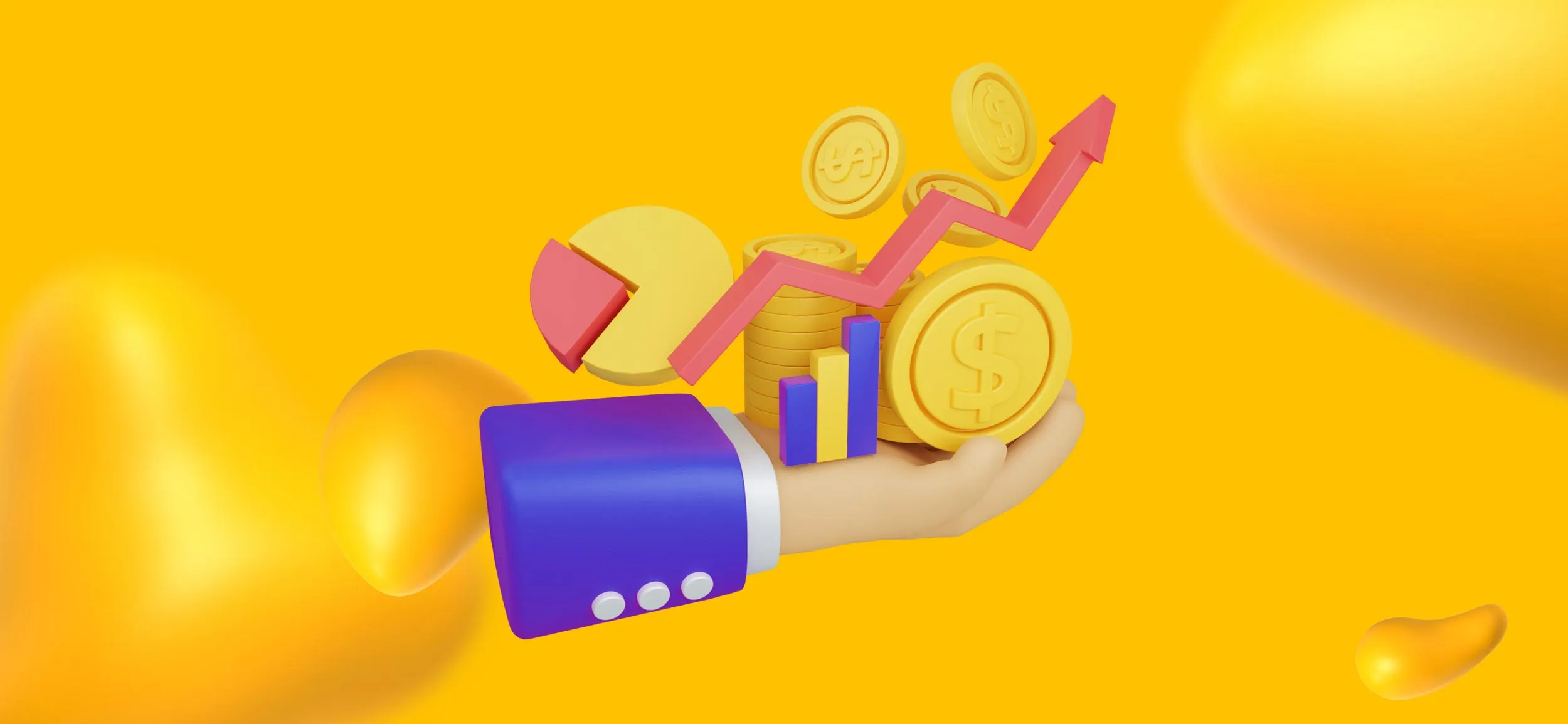
If NFTs are starting to look appealing to you and you want to try your hand at NFT creation, then great! There are many benefits that come with creating NFTs, but we’ll list a few here:
Income — NFTs can be very profitable if you can find the right market. Selling NFT art is a great way for designers and artists to promote themselves and make some extra money.
One notable feature of NFTs is the ability to instantly earn royalties as the original creator. All you have to do is set a royalty percentage for yourself and every time your NFT is resold, you’ll receive a portion of that sales price.
Retaining ownership of your work — Because anything created on the blockchain is instantly tokenized, NFTs are kind of like a modern patent system that is democratized and secure.
No one can claim your work, because you hold that special digital certificate.
Investing — Sometimes choosing the right NFT from the right marketplace and creator can pay off in big ways. Just like digital Beanie Babies, some buyers hold onto NFTs that they think may be worth many times what they paid for in the future.
Marketing — Because NFTs are so popular right now, many companies are using them for marketing purposes to draw in younger members of their target audience, boost online visibility of their brand, and engage with their loyal customers.
If that sounds like an interesting idea to you, our upcoming blog, “How to Use NFTs in Social Media Marketing” is one that you’ll want to read! It’s scheduled to be published this Wednesday, June 21st, so be sure to check our blog homepage then.
<div class="c-blog_comp-cta cc-component-1"><div class="c-blog_comp-cta-left"><div class="c-blog_comp-cta-left-wrap"><img src="https://global-uploads.webflow.com/61cdf3c5e0b8155f19e0105b/6369722e59155470b6840033_Potential-clients.png" loading="lazy" alt="" class="c-blog_comp-cta-left-img"></div></div><div class="c-blog_comp-cta-right"><div class="c-blog_comp-content"><div class="c-text-wrapper cc-mb-32"><div class="c-title-4 cc-bold"><strong>Want to save money without sacrificing the quality?</strong></div></div><div class="c-text-wrapper"><div class="c-text-2">Say goodbye to traditional, expensive agencies and unreliable marketplaces. Say hello to Designity.<br></div></div></div><div class="c-blog_comp-wrapper"><a href="/pricing" target="_blank" class="c-button cc-primary cc-inverted w-button"><strong>Get Your 2-Week Trial</strong></a></div></div></div>
Will You Ride the NFT Wave?
Whether you’re an artist looking to showcase your best work, a marketer looking for something new and exciting for that next campaign, or just someone interested in collecting, understanding NFTs is the first step to getting started in this new and exciting digital landscape.
NFTs have emerged as a groundbreaking innovation in the digital world and all trends indicate that they are going to remain popular for years to come.
So, start creating, investing, and marketing, because the world of NFTs can offer endless possibilities to those who aren’t afraid to embrace new opportunities and be a part of the future of digital assets.
The only question now is, how will your business use NFTs in the future?
